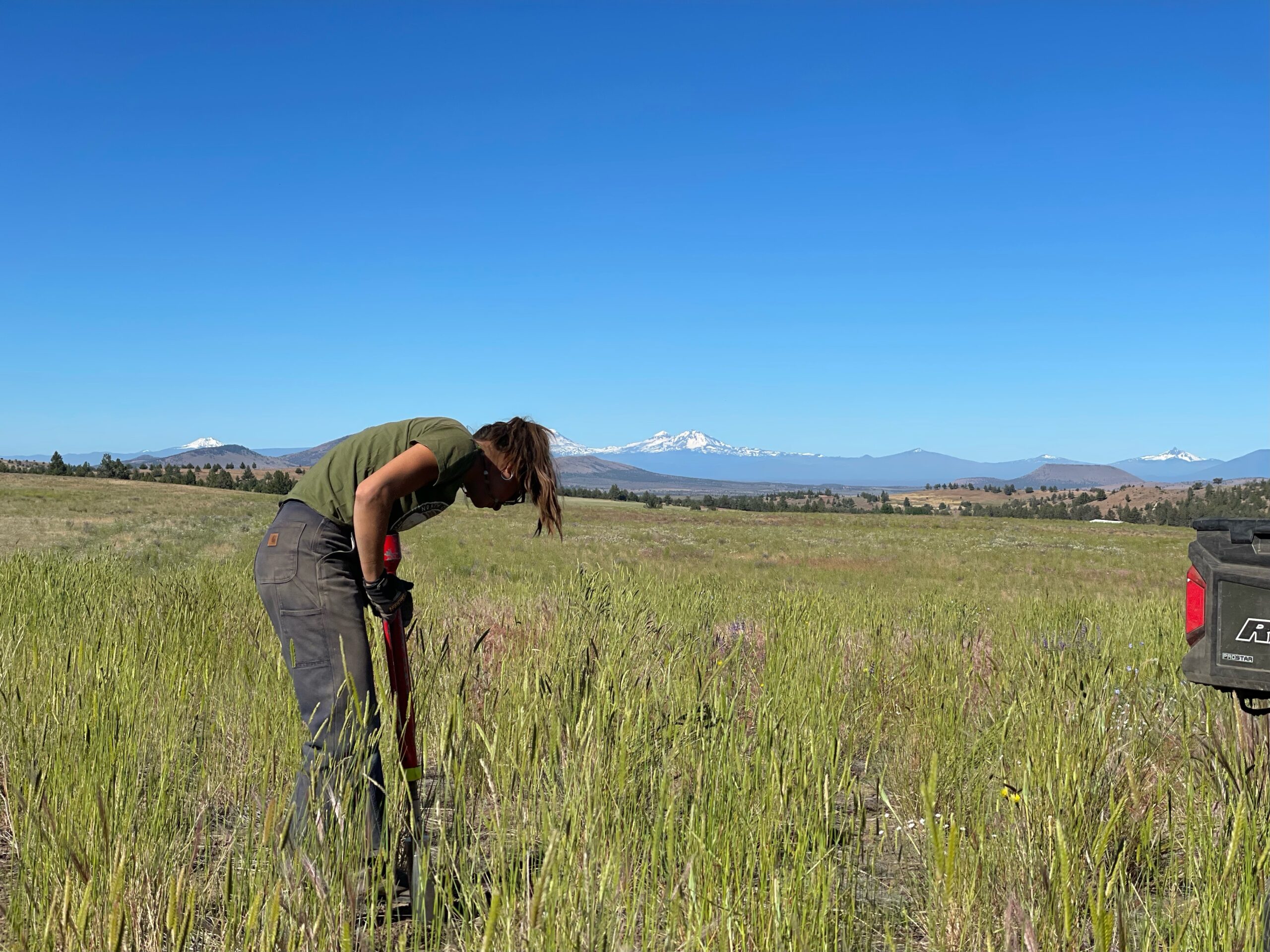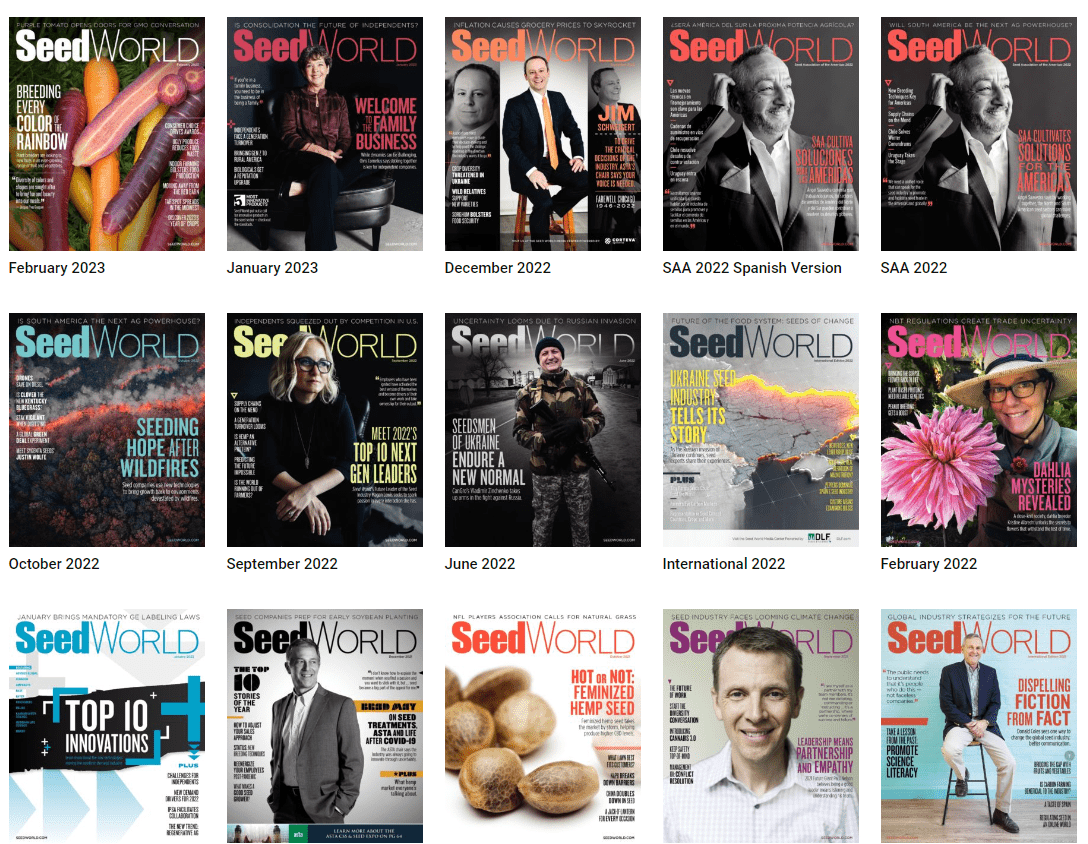Research Brief
Background
The integrity of a carbon credit depends on accurate measurement of the associated emission reductions or removals, as this directly affects its value and credibility.
For a soil carbon credit to be considered high-quality, it is essential that the carbon sequestration and emissions reductions resulting from regenerative agriculture practices—undertaken by farmers and ranchers—are precisely measured.
Agoro Carbon’s Approach to Ensure Accurate Soil Carbon Measurements
Measuring soil organic carbon (SOC) stocks in agricultural fields presents significant challenges due to the inherent spatial and temporal variability across landscapes. This variability is influenced by factors like topography, soil type, vegetation cover, etc. Additionally, some uncertainties are associated with the methods used for sampling design, soil sampling collection and analysis, which can introduce errors if not well controlled. To address and minimize these uncertainties, Agoro Carbon’s uses scientifically rigorous methods according to Verra’s VM0042 methodology for its SOC measurements.
Soil organic carbon is traditionally measured by taking soil samples from the grower’s land. These soil samples may only represent a small fraction of a larger field, and soil properties can vary from one part of the field to another. Thus in order to ensure the most accurate estimate of a field’s soil organic carbon stocks, it is imperative to have a well-structured protocol for soil sampling.
To account for landscape variability, Agoro Carbon uses stratified random sampling design to assign soil sampling locations. This approach uses state of the art statistical models, aerial photos with 60-cm spatial resolution, multitemporal satellite imagery, digital elevation model, and climate geospatial data layers to subdivide or stratify variable fields into homogeneous zones or strata. Then, sampling points are randomly assigned to each zone to meet our accuracy target. This approach has been proven to significantly reduce the potential of bias and increase the reliability of SOC stock estimates.
Keep reading by clicking the button below





